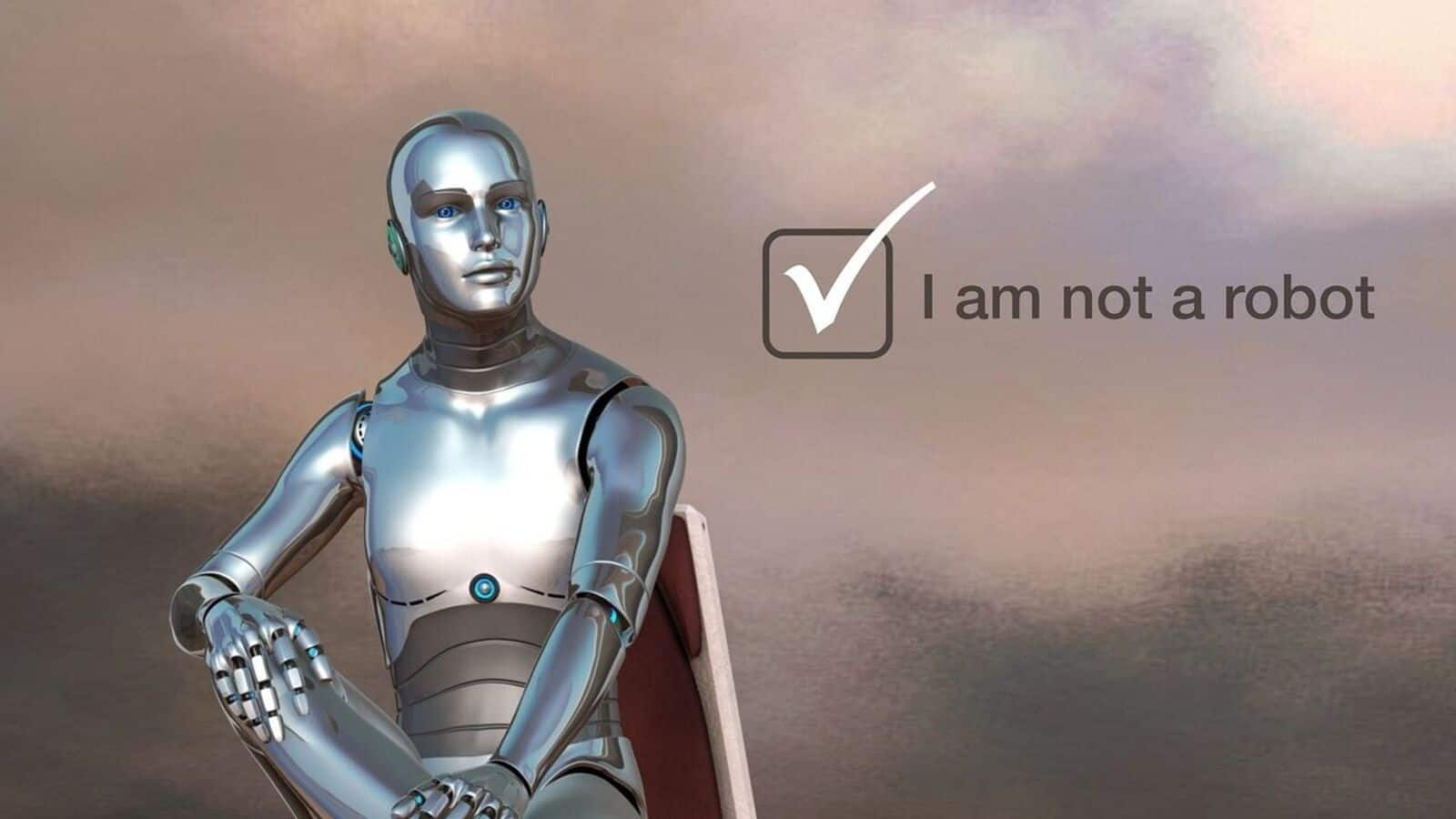
CAPTCHAs are getting harder and that's a good thing
What's the story
The world of CAPTCHAs, an acronym for Completely Automated Public Turing test to tell Computers and Humans Apart, is undergoing a significant evolution.
These computer-based quizzes, used to distinguish between humans and bots, are now demanding more cognitive effort than ever before.
The shift from simple tasks like decoding distorted words or identifying images has led to more complex challenges such as matching shapes or numbers.
User insights
Journalists, game developers share their experiences with modern CAPTCHA
Freelance journalist Scott Nover recently encountered a unique CAPTCHA instructing him to "Click on the raccoon's bow tie," highlighting the unusual new direction of these tests.
Similarly, game developer Mustafa Al-Hassani shared his experience with a particularly perplexing CAPTCHA, "I was trying to log in and it gave me this insane-looking fruit...it looked realistic, but also so wrong—it was like, hurting my brain."
These experiences underscore the increasing complexity of modern CAPTCHAs.
New examples
New CAPTCHAs require more brain power from users
British comedian Jack Whitehall humorously questioned the increasing difficulty of 'I am not a robot' tests, joking about his inability to distinguish traffic lights, quipping, "I'm either a robot or a cyclist!"
Some examples of new CAPTCHAs are: "Match the number of rocks with the number on the left." "Click on the one that can NOT live underwater." "Please click on the red object in front of the object that appears once."
Bot defense
What are CAPTCHAs and why are they used?
Introduced around the turn of the millennium, CAPTCHAs were designed to prevent bots from posing as genuine human users and disrupting websites.
Companies use them as a shield against bot attacks that can overload their websites and compromise user security.
As bots aim to mimic human behavior at a faster pace, the sophistication of CAPTCHAs has been escalating in an attempt to outsmart those trying to break them.
Captcha evolution
'Every CAPTCHAs will one day be solvable by a bot'
Kevin Gosschalk of Arkose Labs, which designs CAPTCHAs, stated, "Software has gotten really good at labeling photos...So now enters a new era of CAPTCHAs—logic based."
This shift explains why users are not just identifying things but also manipulating information—moving a puzzle piece, rotating an object, or finding a hidden number.
Gosschalk believes that every CAPTCHA will one day be solvable by a bot, but the goal is to design something that's prohibitively expensive for developers to train software to do.
User feedback
Some users find the new CAPTCHAs endearing
Despite the increasing complexity, some users find the new style of CAPTCHAs endearing.
Senior marketing manager Alyssa DeHayes found clicking on a cow's nose "pretty cute."
Nover also embraced the change, stating: "I have such a long history of being frustrated by the traditional ones that I'm happy to see a different kind of prompt."
These reactions highlight that while challenging, these new CAPTCHAs can also be seen as an engaging shift from traditional ones.